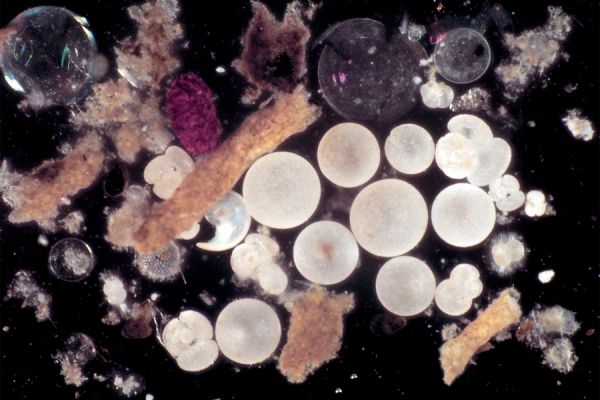The ocean’s “biological pump” describes the many marine processes that work to take up carbon dioxide from the atmosphere and transport it deep into the ocean, where it can remain sequestered for centuries. This ocean pump is a powerful regulator of atmospheric carbon dioxide and an essential ingredient in any global climate forecast.
But a new MIT study points to a significant uncertainty in the way the biological pump is represented in climate models today. Researchers found that the “gold standard” equation used to calculate the pump’s strength has a larger margin of error than previously thought, and that predictions of how much atmospheric carbon the ocean will pump down to various depths could be off by 10 to 15 parts per million.
Given that the world is currently emitting carbon dioxide into the atmosphere at an annual rate of about 2.5 parts per million, the team estimates that the new uncertainty translates to about a five-year error in climate target projections.
Read More: Massachusetts Institute of Technology
One of the first photographs of a sediment trap sample shows pellets, aggregates, and shells that make up sinking “marine snow.” (Photo Credit: © Woods Hole Oceanographic Institution)


